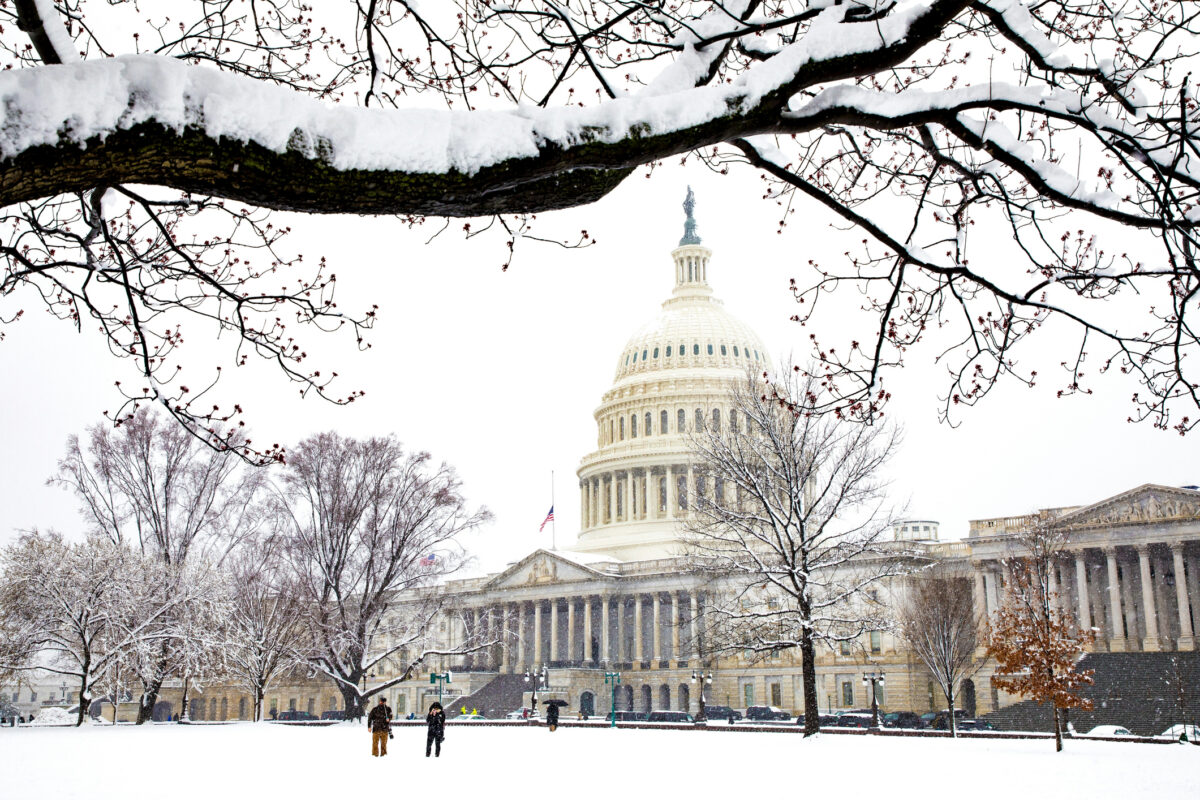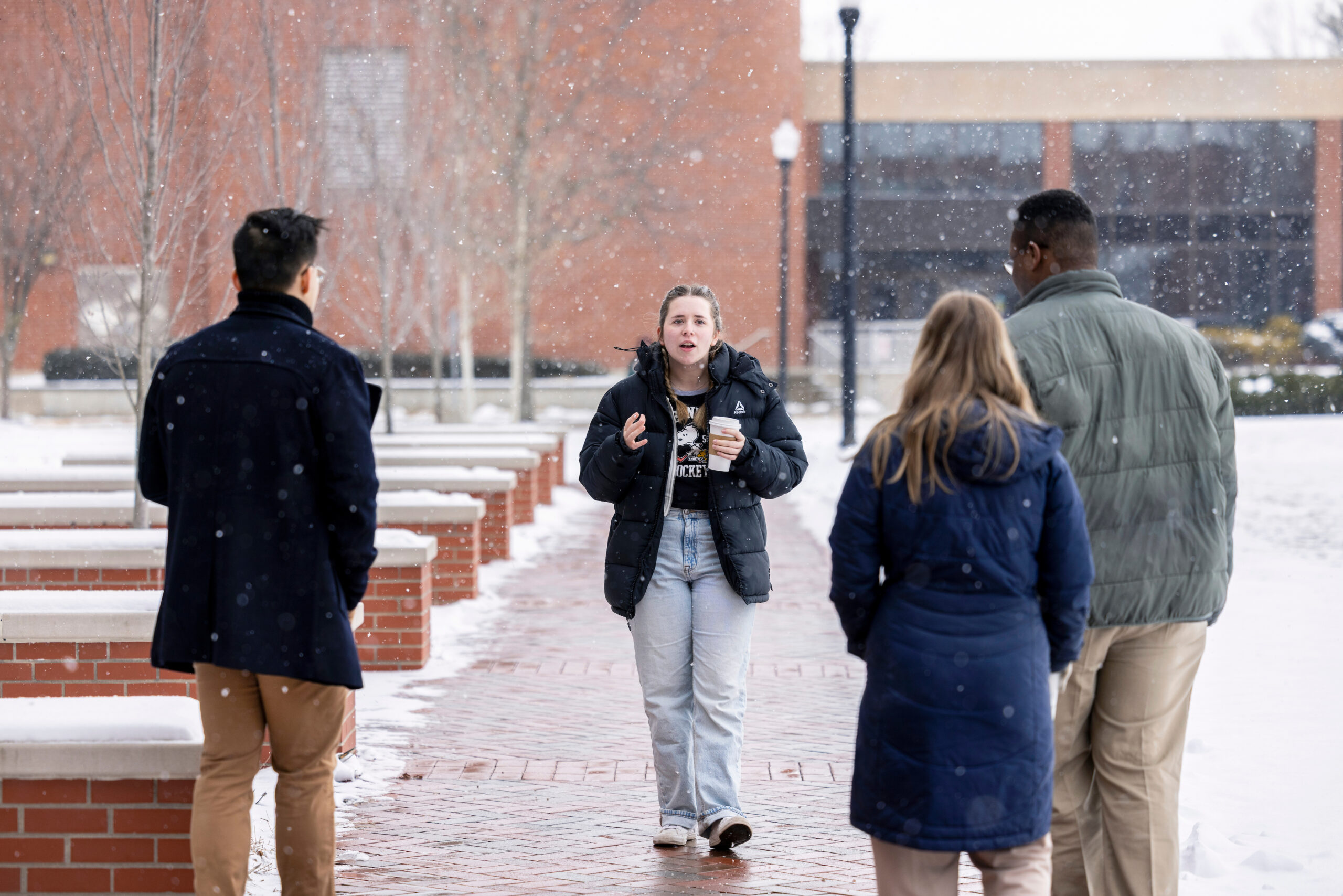Investing in Education and Equity: Our Nation’s Best Future
Published Jun 20, 2014
As momentum builds around the goal of increased college completion, pockets of American society still ask, "Does college matter?" To them, I respond unequivocally: "YES!"
Educational opportunity yields a broad array of benefits to both individuals and society. Reports like the College Board's Education Pays (Baum and Payea 2007) have consistently shown that going to college has far-reaching and quantifiable personal and national benefits, including higher salaries, improved health, increased volunteerism, and reduced reliance on welfare and other social support programs. In recent years, higher education advocates have attempted to better articulate these benefits and the related need for individuals and society to invest in higher education. National organizations such as the National Forum on Higher Education for the Public Good and the Association of American Colleges and Universities have made higher education's role in sustaining the public good a central theme of their ongoing campaigns.
Yet despite these efforts, access to and success within higher education remains unequal. Many students—particularly those who are black, Latino/a, first generation, and low income—face numerous challenges throughout their educational journeys that obstruct their paths to and through college. In order to meet current national goals for increased access and completion, higher education leaders must clear these pathways so all students can succeed.
Necessary Investments
Increasing college completion rates is a national priority and an economic necessity. President Obama has given marching orders, issuing a challenge to education leaders. He has said that in the twenty-first century,
every American will need to get more than a high school diploma. And dropping out of high school is no longer an option. It's not just quitting on yourself, it's quitting on your country—and this country needs and values the talents of every American. That is why we will provide the support necessary for [all students] to complete college and meet a new goal: by 2020, America will once again have the highest proportion of college graduates in the world. (2009)
The White House's commitment to making college access and completion a national priority is a huge opportunity for those of us in the higher education community. It calls us not only to invest in education, but also to invest in equity. Such investments will require the higher education community to ensure that substantial resources—financial resources, human resources, and resources of talent, training, and mentoring, among others—are directed toward historically underrepresented students and the institutions that strive to educate them well. It will also require us to focus strong efforts on creating and sustaining innovation.
Investment in education and equity is the first and most essential step to improving college access and success for all students. If we are unable to make strong commitments in these two areas, our best efforts will fall short of their full potential. These investments are critical to securing our nation's best future. Nothing matters more to our country—not military defense, not health care, not even the economy. If our educational system is broken, all of these are broken, too.
Investment is Essential
The notion of investing in education and equity is a simple one, but the task is not. Many education advocates have been working at it for decades. Nevertheless, it is absolutely necessary that those of us in higher education continue to make these investments. In order to sustain favorable returns, we must reach out to new communities: rural and urban, racial and ethnic, low income and first generation. For some in the higher education field, this outreach will be new and perhaps even a little uncomfortable. But if we are going to transform the educational system, meet workforce demands, and ultimately improve the economy, we need to invest in both education and equity.
According to the U.S. Census Bureau, by 2050, racial and ethnic minorities will compose 55 percent of the working-age population, with Latinos representing 30 percent, African Americans 12 percent, and Asian Americans 8 percent (n.d.). Research confirms that fewer than half of black and Hispanic students who enroll in college graduate from four-year institutions within six years (Carey 2008; Kelley, Schneider, and Carey 2010). Thus the only way to reach college completion goals will be to make these emerging populations central to our efforts. Another important group for whom higher education is currently inaccessible and unaffordable is low-income young adults: eighteen- to twenty-six-year-olds living in poverty. The overwhelming majority of these students are African American, Latino, Native American, and female (Institute for Higher Education Policy 2010). These diverse individuals experience socioeconomic hardship in different ways.
In 2008, of the 15.5 million low-income young adults in the United States, nearly 47 percent were currently or previously enrolled in higher education. Given low-income young adults' substantial representation in the college-going population, attention to their status and experiences in higher education is particularly important. These students face greater academic and financial risks than their more well-off peers (Cunningham and Santiago 2008; The Pell Institute 2004), which can stymie their progress toward degrees (Engle and Tinto 2008). (See IHEP's examination of the experiences of low-income young adults in Portraits: Profile of Low-Income Young Adults in Education.) In spite of these challenges, investing in low-income students is an absolute necessity. Without including low-income young adults in higher education, we cannot possibly achieve our national college completion goals or collectively benefit from the anticipated economic boost that a more educated workforce will generate.
Despite the Recession
In spite of the data's clear case for investing in education and equity, some even within the higher education community believe that college completion goals are not attainable, and that the required investments are not feasible. They believe that the goals are too lofty, the communities in need too hard to reach. In conversation, these individuals tend to offer a litany of reasons for supporting the status quo. Their rationale often touches on the effects of the recession and the financial hardships it has placed on states and institutions.
Certainly, the recession has affected higher education, and it would be naive not to acknowledge the fiscal constraints facing the higher education community. Some states have responded to the economic crisis by slashing higher education budgets. Some institutions have capped enrollments, cut courses and student services, increased tuition, and implemented a host of other measures all aimed at containing costs. Without adequate financial support, it is becoming more difficult for faculty to address the educational and developmental needs that many students bring to college. In addition, most institutional leaders must contend with costs associated with technology, facilities, and general infrastructure. The costs of running an institution and of educating students well are high indeed.
These and other costs are converging, threatening to narrow the promise of equal opportunity in American higher education. But in spite of these challenges, we have the chance to change course and turn a potential crisis into an opportunity. To do so, the higher education community will have to get even more serious about its investment in education and equity. This will require self-evaluation on the part of higher education leaders, who will need to consider the extent and status of their institutions' current commitments.
Priceless Dividends
A few years ago, IHEP published a report on the nation's investment in education. We began with the question, does college matter? We concluded that a college education makes a big difference. This is true for individual Americans, but it is especially true for the nation's shared economic, social, and cultural well-being. People with more education tend to have higher salaries, greater savings, more leisure time, better health, and longer life expectancy. Societies whose citizens are better educated benefit from the collective consequences flowing from these individual improvements. (See The Investment Payoff: A 50 State Analysis of the Public and Private Benefits of Higher Education for more information.)
Over the coming decade, it will be increasingly vital for the higher education system to close enrollment and completion gaps and to educate a growing share of students from historically underrepresented communities. To ensure that all students have clear pathways to college and to completing their degrees, we educators may need to change some of our assumptions about students and their capacity for learning; we may need to change our modes of operating. We may need to rethink our priorities and develop new problem-solving strategies if higher education wants to fulfill its longstanding obligation of meeting the country's social and economic needs.
This issue of Diversity & Democracy outlines several practical approaches to facilitating the type of change needed to transform our institutions, meet labor and workforce demands, and enable more young people to contribute to the world's collective well-being. But to achieve these ends, we need courageous leaders, both in our states and in our institutions, to enact the strategies that this issue's authors and others in higher education have proposed. We need leaders filled with conviction who work hard in spite of the obstacles along the way; leaders who foster change, recognizing that maintaining the status quo won't improve our lives today and certainly won't secure our future tomorrow.
The leaders we need are already present within the higher education community, but their existence alone is not enough to achieve our goals. The higher education community needs them to invest, making substantial contributions of time, resources, and creativity. Investments in education and equity will increase student learning and graduation rates and in turn secure our nation's economic future. But more importantly, they will move us closer to obtaining a priceless dividend: a more equitable and just society.
References
Baum, S., and K. Payea. 2007. Education Pays: The Benefits of Higher Education for Individuals and Society. New York: The College Board.
Carey, K. 2008. Graduation Rate Watch: Making Minority Student Success a Priority. Washington, DC: Education Sector.
Cunningham, A.F., and D. Santiago. 2008. Student Aversion to Borrowing: Who Borrows and Who Doesn't. Washington, DC: Institute for Higher Education Policy and Excelencia in Education.
Engle, J., and V. Tinto. 2008. Moving Beyond Access: College Success for Low-Income, First-Generation Students. Washington, DC: The Pell Institute for the Study of Opportunity in Higher Education.
Institute for Higher Education Policy. 2010. Portraits: Profile of Low-Income Young Adults in Education. Washington, DC: Institute for Higher Education Policy.
—. 2005. The Investment Payoff: A 50 State Analysis of the Public and Private Benefits of Higher Education. Washington, DC: Institute for Higher Education Policy.
Kelley, A.P., M. Schneider, and K. Carey. 2010. Rising to the Challenge: Hispanic College Graduation Rates as a National Priority. Washington, DC: American Enterprise Institute.
Obama, B. 2009. Address by the president delivered to a joint session of Congress on February 24, 2009-PM 8. Congressional record, S2421. www.gpo.gov/fdsys/pkg/CREC-2009-02-24/pdf/CREC-2009-02-24-pt1-PgS2419.pdf.
The Pell Institute for the Study of Opportunity in Higher Education. 2004. Raising the Graduation Rates of Low-Income College Students. Washington, DC: The Pell Institute for the Study of Opportunity in Higher Education.
United States Census Bureau. n.d. U.S. population projections. www.census.gov/population/www/projections/index.html.
Michelle Asha Cooper, Ph.D., is the president of the Institute for Higher Education Policy, an independent nonprofit organization that is dedicated to increasing access and success in postsecondary education around the world.


